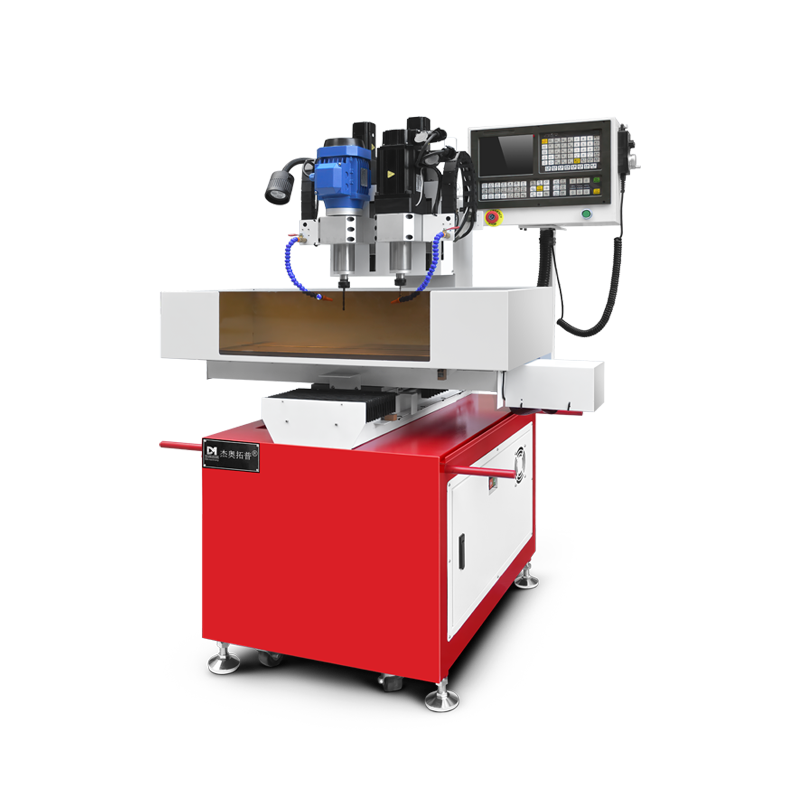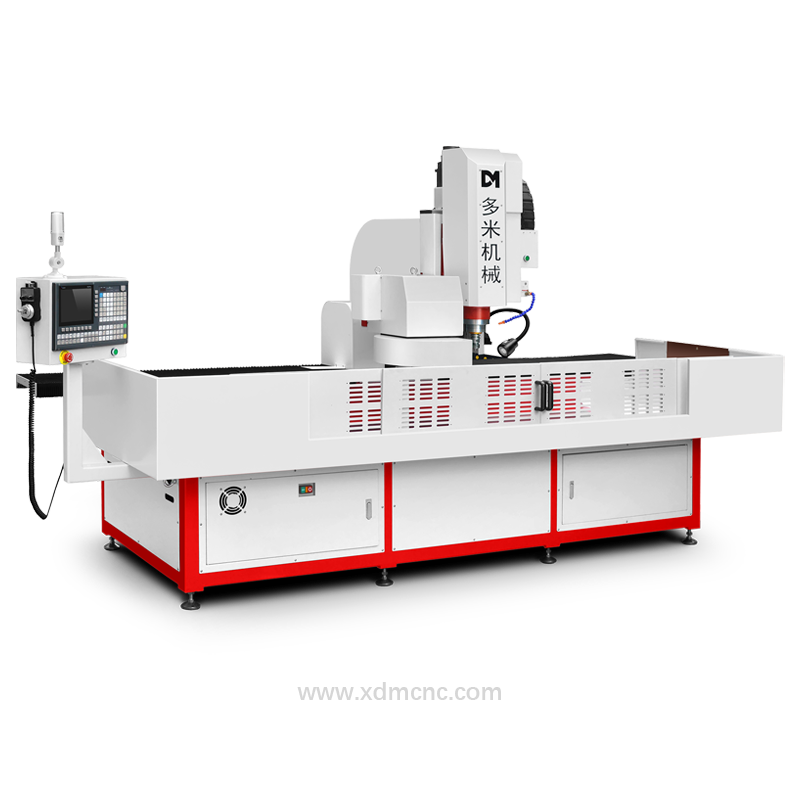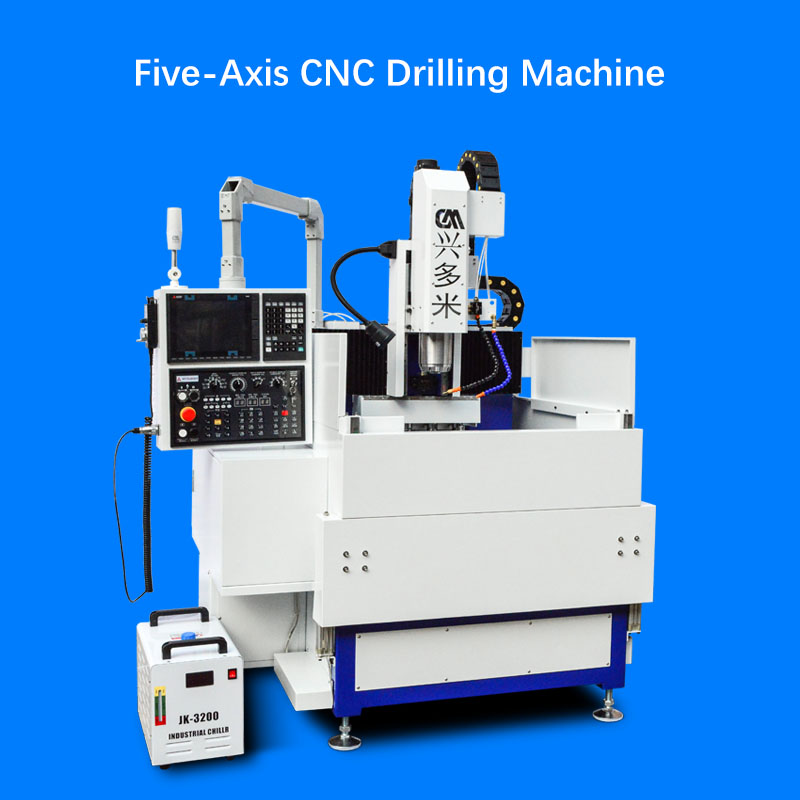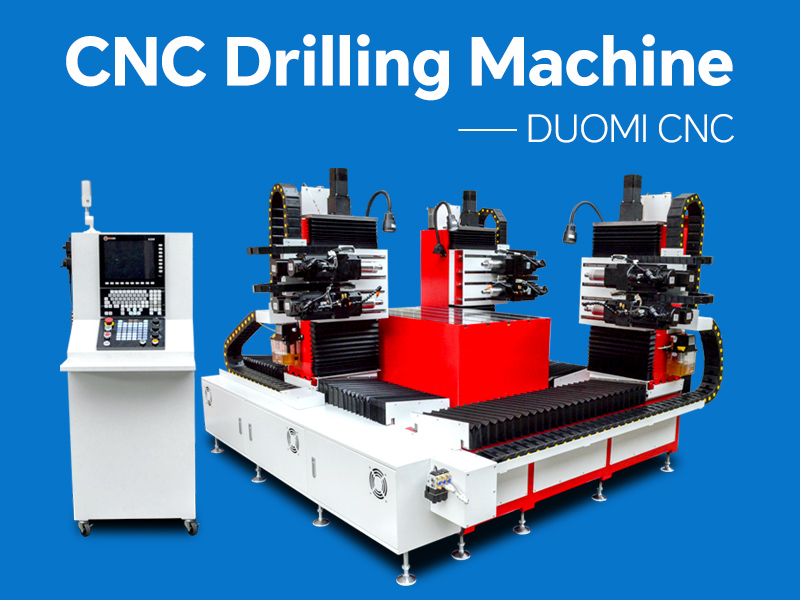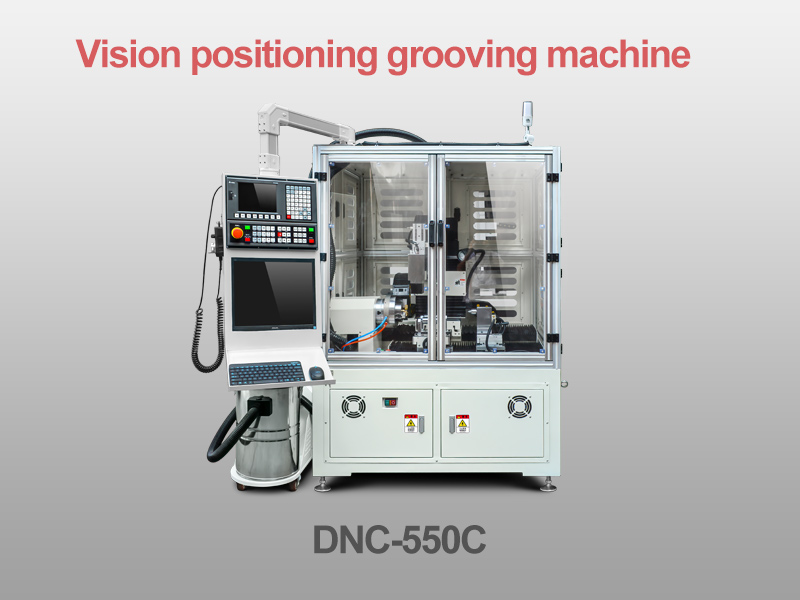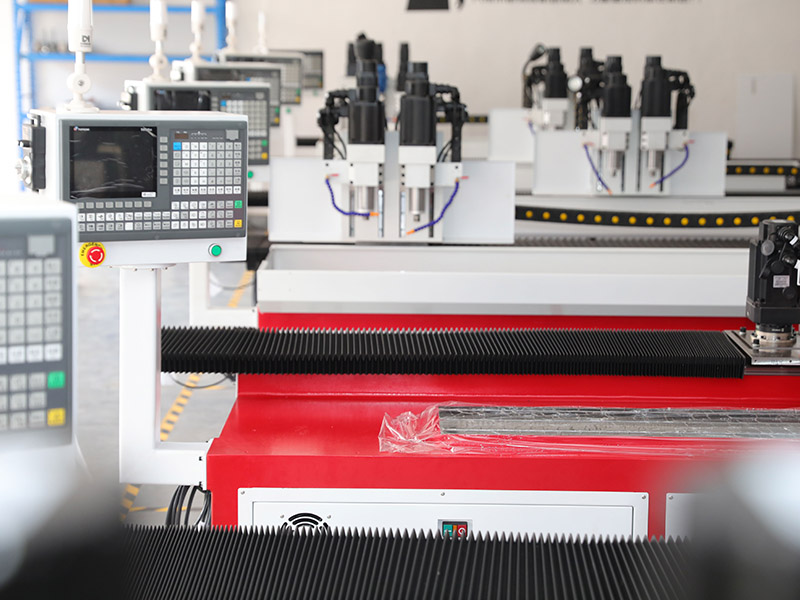Flow Drilling and Tapping Machine Working Principle
A flow drilling and tapping machine uses frictional heat to create deep, strong threaded holes in thin-walled metal materials like square tubes, round pipes, or sheet metal. The process consists of two main steps: flow drilling (thermal drilling) and tapping.
1. Flow Drilling (Thermal Drilling)
- A tungsten carbide conical drill bit rotates at high speed and applies downward pressure on the metal surface.
- Due to friction, the temperature at the contact point rises to approximately 600-900°C, softening the metal.
- The softened metal is pushed outward and downward, forming a bushing (boss or collar) around and inside the hole.
- The bushing increases the material thickness at the hole, making it strong enough to hold a thread.
2. Tapping (Thread Forming)
- After flow drilling, a tapping tool is used to cut or roll internal threads into the newly formed bushing.
- The thread depth is much greater than in conventional tapping of thin-walled materials, allowing stronger fastening.
Key Features & Benefits
✅ Stronger Threads – Extends the effective thread length in thin materials.
✅ No Need for Inserts – Eliminates the need for weld nuts, rivet nuts, or additional reinforcements.
✅ Clean Process – No chips or burrs, unlike traditional drilling.
✅ Works on Various Metals – Suitable for steel, stainless steel, aluminum, brass, and copper.
Applications
- Automotive Industry – Chassis, brackets, exhaust systems.
- Aerospace – Lightweight but strong fastener connections.
- Construction – Metal frameworks, railings.
- HVAC & Furniture – Sheet metal and tubular structures.
Would you like recommendations for specific machines or tools?




